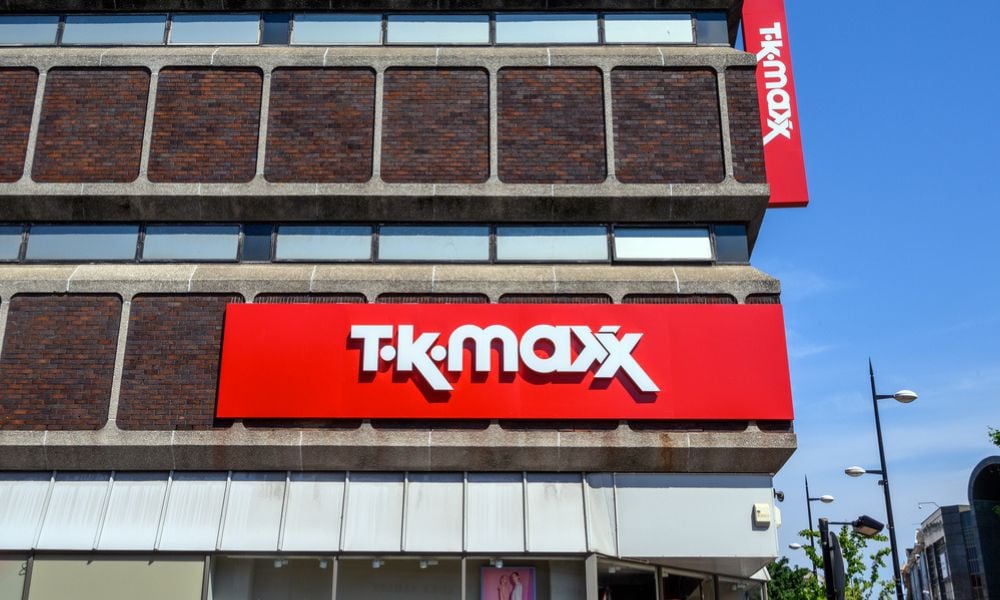Recruitment process outsourcing (RPO) is usually considered by organisations when DIY recruitment is not working.
Many organisations consider streamlining their recruitment processes in a bid to improve efficiency and the quality of new hires. Two companies tell Teresa Russell why they are delighted with their new RPO solutions
Recruitment process outsourcing (RPO) is usually considered by organisations when DIY recruitment is not working.
In many cases, line managers do not adhere to HR recruitment policies, if indeed a policy exists at all. Results of poor recruitment include – but are not limited to – high staff turnover, especially in the first few months, dozens of external recruitment vendors charging a variety of high rates, lengthy time-to-fill, poor or patchy candidate care and manual recruitment systems.
Logica Australia, part of a global IT services company, and sanofi-aventis Australia, part of one of the world’s leading pharmaceutical companies, each employed new HR directors 12 and 18 months ago respectively.
When Bruce Harries joined Logica, his remit was to provide a new strategic direction for HR, which included strategic recruitment.
Harries says that prior to his arrival there was a lack of systems and a manual recruitment process. Although Logica employed some dedicated recruiters, they relied heavily on external agencies, using 30 different agencies in the year before his arrival.
“We used to sprinkle roles out to multiple agencies and didn’t get a consistent pipeline of recruits that we were confident had the right level of skills and organisational fit,” says Harries. “We were spending a lot of money on agencies, but also losing a lot of new hires in the first 12 months,” he says.
Logica needed to increase recruitment volumes (due to growth) in a tight labour market. Harries says they needed to understand current direct and indirect costs before addressing the issues of attrition, internal systems and processes, existing quality measures and key metrics such as time-to-hire.
When Ronan Carolan joined sanofi-aventis, everyone in HR was doing recruitment, using more than 25 recruitment companies between them. The company has the largest GP sales force in Australia, with marketing, research and head office functions making up the rest of its 600 staff.
“We weren’t getting the service we wanted because we were giving the same jobs to two or three agencies,” says Carolan. “We needed to reduce time-to-fill, improve the candidate experience, reduce costs per hire and increase the number of people we employed directly.” He also wanted to create an applicant pool and improve the relationship the company had with a select number of recruiters.
Know where you are
Harries employed the services of Hill Consulting, an independent, neutral vendor, to assess Logica’s recruitment practices and processes. “I needed a good, common sense view of what best practice metrics looked like in terms of time-to-hire, indicative spend, turnover figures, recruitment fees etc from someone who understood internal and external recruitment and business drivers,” says Harries.
After gathering the data, Harries says he had a basis to assess all the alternatives, including RPO.
The first thing that Carolan did at sanofi-aventis to address the issue was to restructure the HR department so that only a small team focussed on recruitment. “This was an interim measure that we used while we considered going to market for a managed solution. We also gathered statistics during this time and had the rest of our HR people focus on HR – not recruitment,” he says.
Appointing an RPO provider
Harries says that one of the keys to the success of this project was being clear about their requirements and having a fact-based approach to assess the providers. In his previous role, he had prepared a Request For Propoasl and developed a shortlist of RPO providers, so he knew the market well.
“Our criteria included a proven track record of successful delivery, cost, flexibility, level of service, geographic reach, candidate management system functionality and usability, and independence from its own recruitment agency arm. We also wanted the provider to be innovative in terms of sourcing candidates, improving processes and making recruitment a unique competitive advantage,” says Harries.
Logica chose Talent2 and provided them with a broad brief to help manage internal recruitment and mobility as well as external recruitment. “One of the key success factors is to ensure that the on-site consultants are both treated as and are seen as Logica employees. They should also see themselves as a member of our organisation,” he says.
Carolan says that sanofi-aventis was using a number of vendors that did outsourced recruitment as well. After receiving detailed RFPs from six of them, the choice came down to just two that had extensive experience in managed services and the pharmaceutical arena.
He made site visits to their current clients and was able to gain a sense of how integrated they were in those businesses. “At one site, the recruitment centre was sitting on its own and was unconnected with the HR team. We wanted the team to be connected,” says Carolan. “Although we went with Hudson, we didn’t want anyone saying ‘That’s the Hudson team’,” he adds.
At one point, Carolan felt he was too close to the recruitment companies, so hired Hill Consulting to do a desktop review of what had been done so far, to provide guidance and assistance in the final negotiation and to check that nothing was being missed. “This was really useful, because it gave me confidence that we were doing it right,” he says.
The results
RPO at Logica was well accepted by line managers – who all knew recruitment had not been working effectively. By engaging these stakeholders early, Harries says the line managers saw potential benefits in terms of both costs and effectiveness. They have not been disappointed.
Since implementation in March, time-to-hire has been reduced by 75 per cent and direct sourcing has filled all vacancies. (Last year, 75 per cent of these would have been agency placements).
Harries has some quantitative KPIs agreed with Talent2, but is now developing some measures around candidate and hiring manager satisfaction levels. He is also about to extend the functionality of the career centre to include on-boarding and to manage the first three months of a new hire’s employment.
“It is still too early to calculate the full ROI – but things are looking very positive,” says Harries. “It’s not just a matter of cost. We can now make better decisions about attraction and retention policies and practices.”
The outcome at sanofi-aventis is still too early to quantify, but Carolan has set up KPIs with the provider including time-to-fill; positions filled directly by the centre versus external agencies; shortlist to interview and shortlist to hire ratios; retention rates through probation, year one and year two; and candidate care throughout the whole process.
“The recruiters are tenacious and chase the line managers to respond to resumes,” says Carolan. “They [line managers] are happy to have someone managing them on this. We now actively source candidates and target individuals directly who are working in our industry because our recruiters have the capability to do this,” he says.
Advice
Harries says that the relationship with the RPO provider is the most important thing to manage. “Be involved in selecting the RPO team and ensure they are integrated into your business to maximise their value.
There must be a relationship of trust between the client and the RPO organisation, so you can operate with some degree of flexibility, especially in a volatile market where recruitment needs can change quite quickly. You don’t outsource your problems. You must still take ownership of the issues,” he says.
“You must know how and where every dollar is spent on recruitment,” says Carolan, “including temporary staff, permanent staff, psych testing, advertising, referral bonuses etc.”
Carolan also recommends conducting extensive reference checking on the potential providers. “Involve the business in the whole process. Don’t wait till the final stages,” he concludes
Tips to make the move to RPO easier
• Work on a win: win basis with providers
• Be prepared to let them in and form a true partnership in order to make it work
• This is a big change management project. Invest the time and resources (internally and with the
external providers) to ensure implementation works
• Choose your recruitment database (technology) wisely
• Accept that not every mistake is the provider's fault. You have to ensure the partnership works too.
• Get key stakeholders involved and engaged across the business
• Review the contract fine print in detail. Understand the contract!
• Agree who owns the data at the outset of the agreement
• Check the onsite implant team remuneration set-up. This should be performance/KPI-based - not
commission-based
• Ensure team training and development is given so the provider fully understands your business, culture
and sensitivities.
• Ensure scalability options (up or down) are built in without penalties but with reasonable notice from
both parties.
• Check what exactly you are getting from their offsite support team and what add-ons are at
additional charges.
• Help choose/hire the onsite recruitment team from a cultural and capability perspective.
• Know your exit strategy. ie how you can get out of, or withdraw from, the contract gracefully.
Source: Hill Consulting








